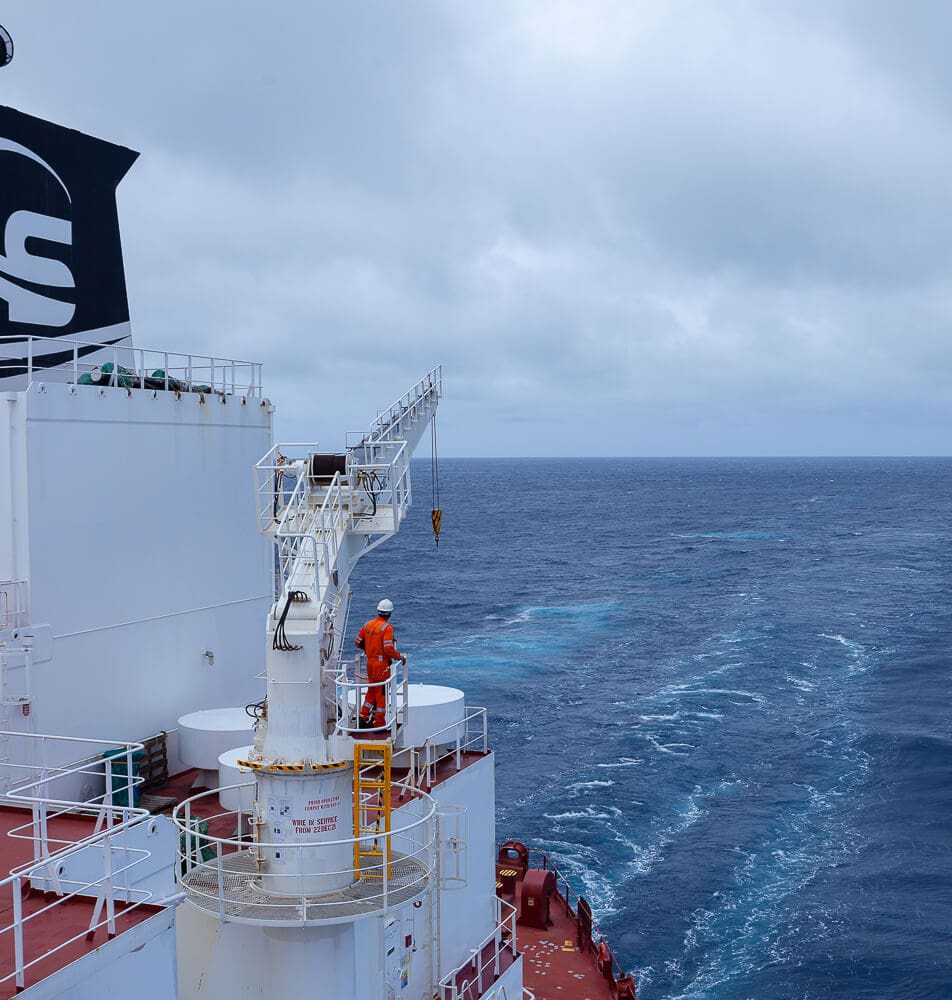Shipping Decarbonization

When looking at how fast electric cars and wireless power tools (Dyson!) are entering the market one may think that ships will soon follow. This idea is further supported by various Northern European projects advertising fully electric, or ammonia fueled, or fuel cell powered ferries crossing Norwegian fjords or connecting Baltic countries with zero (or almost zero) carbon emissions. The premise being that electricity produced by renewables or the use of certain fuels are carbon free.
Unfortunately, the reality is different for more conventional ocean-going deep-sea vessels trading worldwide on the spot market. And the laws of physics, now challenged daily by so-called Artificial Intelligence, are always available to provide the right answers. Like in politics or the economy or during a marathon run, it is always a matter of power and time.
With internal combustion engines and conventional fossil fuels, power is the main engine NCR (normal continuous rating) while energy storage (cruising range) is directly linked to fuel tank capacity. With new fuel, both carbon neutral or carbon free types, the fuel energy volume density is significantly reduced resulting in a radical reconsideration of fuel tank capacity and vessel design.
The four most discussed alternative fuels, Biofuel, Methanol, Ammonia, and Hydrogen, all present unique obstacles, hopefully temporary, and one common logistical block which are hindering their swift market penetration. These limitations are sustainability for Biofuel, toxicity for Ammonia, explosivity and physical containment for Hydrogen, and complexity and production process costs for green Methanol; other non-green Methanol types with consistent carbon emission factor are not considered although they can certainly boost transition.
Electric Fuel Cell
If we move to Electric Solutions, the matter becomes even more complicated. While powerful electric motors for propulsion are available, energy storage remains an issue. There is still no solution (i.e., battery) available to store energy in the sufficient quantities required for an ocean-going deep-sea vessel to cross the Atlantic.
The biggest battery pack ever built has an energy storage capacity of 24,000 KW which is adequate to propel an MR for six hours. The problem remains that such a battery occupies the space of two standard Engine Rooms, weighs more than two internal combustion engines, costs $2,4 bn USD, presents fire hazards not yet solved and needs in-port recharging facilities which are not available. All this for only six hours of navigation.
Recharging this battery via solar panels has been considered. However, mathematical indications show that even by using the total available space on board, a maximum of 40 KW would be generated, roughly 1% of the power required.
Hydrogen Engines
A more promising technology is based on Fuel Cells which can transform the chemical energy of certain fuel (hydrogen, for instance) into electricity with an efficiency far greater than that of internal combustion engines. Due to their thermal cycle, the efficiency of combustion engines is limited to a maximum of 47% while a fuel cell can in theory go up to 95%.
So many logistical and safety challenges still exist together with energy density and weight, indicating that the fuel cell solution for deep-sea ocean-going vessels is far from becoming a reality.
Wind Power
The last option voiced here for shipping decarbonisation is based on Wind Support.
As with battery and solar panel options, there is a physical limitation on the quantity of wind energy which can be transformed into thrust due to limited deck surface availability. Bridge visibility, reliability, availability of wind, and capex are all obstacles for Wind propulsion penetration in shipping.
So how should be go about decarbonizing our fleet? The first fundamental long-term measure will be easy – wait and see! There is not much we can do in our company; we do not have the luxury of managing liners like Maersk but vessels on spot. We do not have the power to solve green methanol logistics and availability problems worldwide.
The second long term measure is more difficult but is interesting; staying abreast of everything happening in shipping decarbonisation and judging with necessary scepticism of non-certified news.
Considering the interests are enormous, as linked with the global energy dilemma, the result of decarbonisation in general and in shipping will certainly be reflected in the global economy and the geopolitical equilibrium. As such, this is a topic deserving great attention.
We are not discussing the installation of nuclear reactors on board because, in case this will ever happen, it will be a very long shot. I am also not discussing carbon capture on board because, if this will happen, it will be the easiest and most straight-forward solution leaving the logistics and the use of fossil fuel unaltered.
In the short term, we have to concentrate on fuel and operational efficiency. We must monitor and follow all developments in decarbonisation including obtaining experience in liquid gas fuel burning and transportation; the majority of the fuel of the future (ammonia, hydrogen, methanol) and, in the case of CO2 as a cargo, belong to the family of liquid gas.

